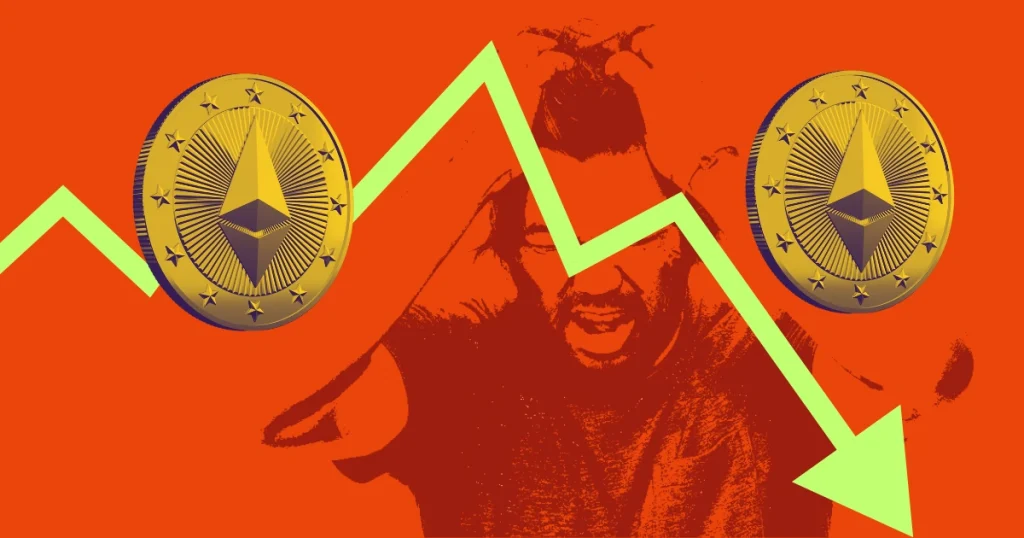L2 rollup War heats up! In an epic shift in blockchain strategy during the 2021 bull market, numerous Layer 1 (L1) blockchains tried to challenge Ethereum’s dominance. None succeeded, which led to a shift from direct competition to collaboration. Solana was a key factor in this change.
Here’s more about this.
The Decline of L1 Blockchains
Pavel Paramonov, blockchain researcher at Dewhale Capital, noted that by the end of 2022, most L1 tokens lost over 90% of their value. Despite claims of being faster or more secure than Ethereum, these blockchains struggled to surpass Ethereum’s position. It’s like trying to create a better wallet than MetaMask—users stick with what they know.
However, Solana emerged as the most notable non-Ethereum blockchain, unlike other non-EVM chains such as NEAR, Cardano, Algorand, or Kadena. Despite facing network outages and controversies, Solana distinguished itself by focusing on user needs and technological advancements, charting a unique path compared to other L1s.
Shifting to Layer 2 Rollups
Instead of competing head-on with Ethereum, many blockchains pivoted to building Layer 2 (L2) rollups on Ethereum. This strategy allowed them to tap into Ethereum’s vast ecosystem while nurturing their economies. Tools like Conduit, AltLayer, and Optimism’s OP Stack have simplified the creation of these rollups.
However, the proliferation of L2 rollups has led to liquidity fragmentation, with each rollup serving different purposes—Optimism for scaling, Arbitrum for DeFi, Base for SocialFi, and Metis for DAOs. This fragmentation has elicited mixed reactions from the Ethereum community, posing more of a social than a technical challenge.
Ethereum and Solana: Divergent Paths
Since the rollup movement began, Ethereum and Solana have been the primary contenders. Ethereum is often described as a “sandbox” where developers create various rollups and projects, focusing more on generating liquidity than improving applications. In contrast, Solana has prioritized developing high-quality applications like Jupiter Exchange for swapping and Phantom for wallets.
Paramonov noted that Solana’s current challenges mirror those Ethereum faced in the past. High transaction fees and network limitations spurred the creation of Ethereum L2 solutions. Solana faces similar issues, including transaction failures due to bot attacks and inefficient fee mechanisms. While L2s on Solana aren’t necessary now, they might become relevant as the network evolves.
Looking ahead!
Overall, it will be interesting to see if Solana starts an L2 battle in the future like Ethereum, triggering a new L2 solution wave. Stay tuned with us to witness this epic clash.
Read Also: Expert Downplays Bitcoin’s Sub-30% Correction, Lists Positive Factors
With L2 innovation heating up, the possibilities for blockchain scalability are endless. Ready for the ride?


